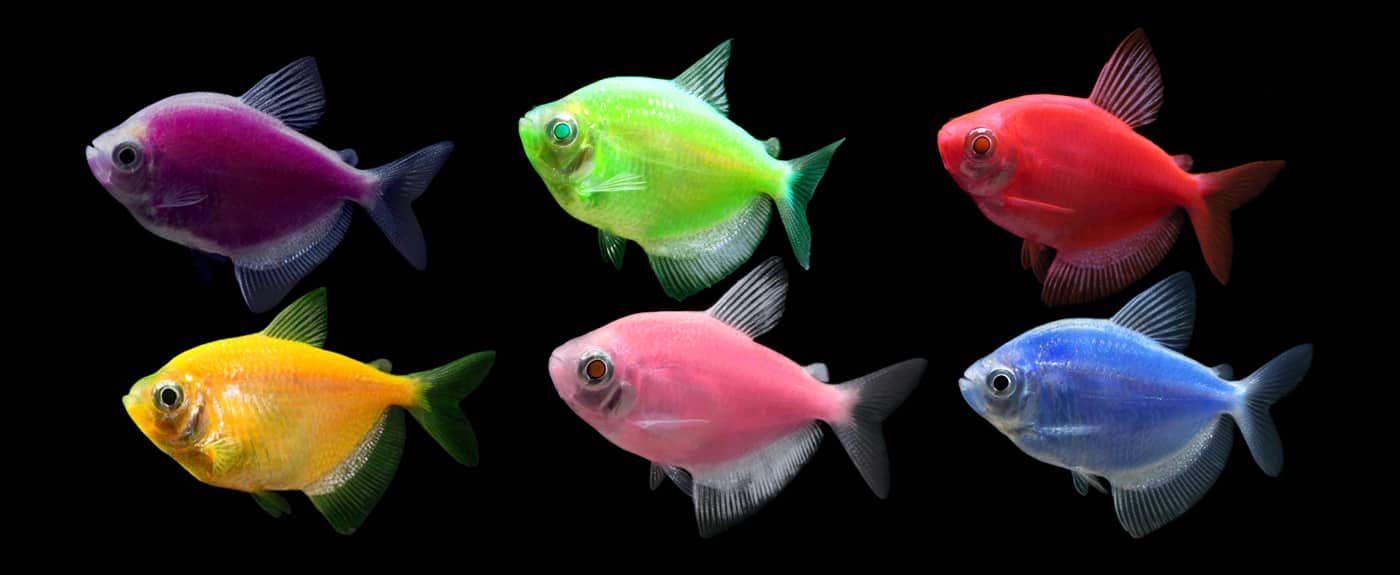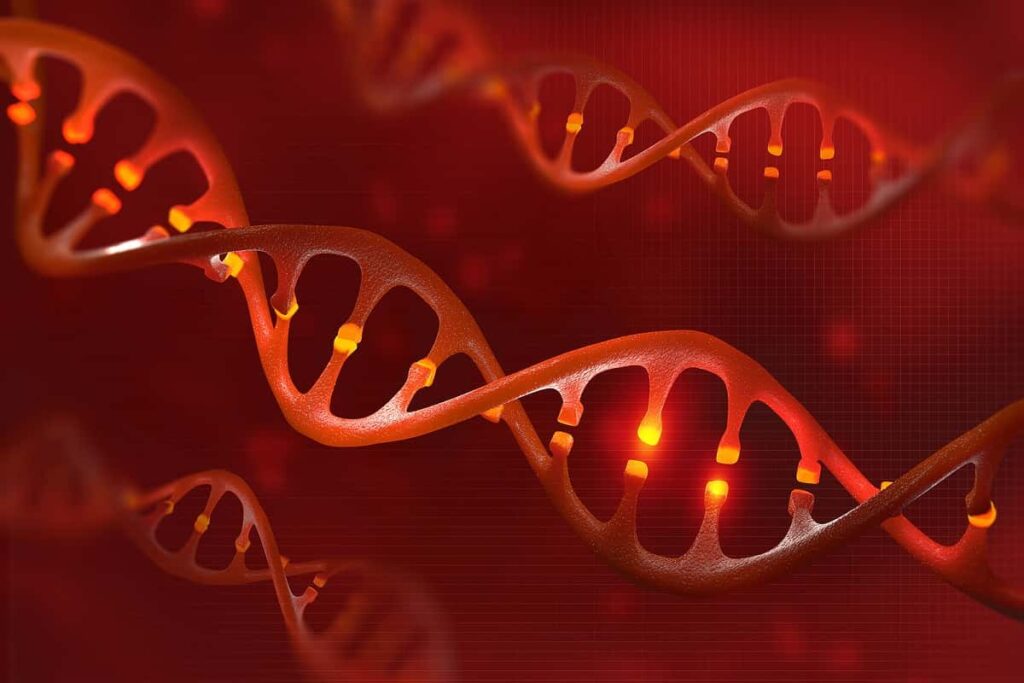GMO vs Gene Editing vs Genetic Engineering
Table of contents

If you had to come up with a short list for the greatest advancements in technology that have been made in the last decade, you’d be hard pressed to place anything in front of the progress we’ve made in the world of genetics. For most of us, it’s been decades years since we took Biology 101 and we’d be hard pressed to remember anything we learned were supposed to have learned. It seems like there is a spectrum where on one side you have people like us that are brain dead when it comes to the most basic genetic concepts, while on the other hand, you have people injecting themselves with viruses to live longer. The goal of this article is to provide some basic insights into genetic technology by proving clarity on the terminology. We’ll start with the very basics and make sure to conceptualize these concepts using real-world analogies.
Basic Intro to DNA
Your body contains trillions of cells which make up the physical you. Each one of these cells has a blueprint that is completely unique to you, called your DNA. Your DNA is just a long ladder-shaped molecule that looks like this:

So that strand contains the entire set of instructions needed to recreate you. Someday we’ll be able to take someone’s DNA and plug it into a software program that creates a “digital you” and we can see what drugs you will best respond to and why. If you took all the information stored within your DNA and put it into phone books, this is how many phone books you would need:
So far that’s pretty straightforward, right? Basically, your DNA is this big set of instructions which explains how you turned out. Every single physical attribute you have is contained within that set of instructions. There is even speculation that your DNA can help explain your intelligence, but then everyone gets upset and says we shouldn’t go down that path, mainly because they don’t want to find out that maybe they got the short end of the stick in the genetic lottery. It’s much easier to post articles on Medium talking about how offended you are about everything than it is to pick up a science book and start learning.
Reading DNA or “Gene Sequencing”
In order to read all that information on your DNA, we use machines (usually from Illumina) that do “gene sequencing“. (A gene is a distinct stretch of DNA that determines something about who you are). “Gene sequencing” is where we can go through and laboriously read every single character in your DNA and then store it in a big file. Not all genetic sequencing is the same. You can sequence some or all of a DNA strand and still extrapolate useful information from it. Now we’ve actually reached a price point where we can sequence your entire genome (a genome is your complete set of genes) for just $1,000:
Now, if we take a strand of DNA and cut it into a bunch of segments, each segment is called a gene. When we talk about how you “have your father’s eyes”, that means the short segment of DNA that dictates eye color was passed on from your father. When we say people have good genes, it means that all those segments gave them the best attributes (or what each society sees as the best attributes). On a side note, there is actually a tribe called the Nacirema that believes obesity is the norm and idolizes it as a thing to be proud of, so thin isn’t in for everyone.
Synthetic Biology, Synthetic Life
Now that we know that a gene dictates certain attributes about you, what if we could change genes in order to start changing your attributes? This is now possible using a technology called “gene editing“. This is where we are able to precisely “snip” sections of DNA from the strand and then replace them with our own snippets (startups like Twist Bioscience are creating millions of these snippets). You may have read about something called CRISPR which is one popular method used for gene editing.
While it’s still early days, all kinds of companies are trying to land grab as much intellectual property as possible relating to gene editing. If we’re able to start changing genes, we’re essentially able to start creating synthetic life forms. This is what we refer to as synthetic biology. Check this out:
Those are the first genetically modified pets, glow in the dark fish. Yes, people, fish that glow in the fcuking dark. More of a cat person you say? Well glow in the dark cats aren’t too far behind:

Scientists over at the Mayo Clinic created glowing cats 6 years ago for AIDS research though the Koreans had already mastered this feat over 10 years ago.
GMO vs Gene Editing
Now you may think to yourself that the concept of genetically modifying things is hardly new. Haven’t people been complaining about genetically modified organisms (GMO) for decades now? They certainly have, and here’s a nice infographic that shows how more than 50% of people do not want to buy GMO food:
What most people don’t know though, is because 94% of soybeans are GMO, and soy is contained in many processed foods, you’re all eating GMO whether you like it or not. The fact that GMO has been subjected to such strong public backlash has raised obvious concerns from companies and investors looking to turn the world upside down with gene editing. A recent article by the New York Times reflected on this fact:
The current regulations were written for the earlier generation of genetically modified organisms, where scientists used bacteria and viruses — typically from plant pests — to drop a payload of new genes into the nuclei of the plant cells where they merge with the plant’s DNA. That worked, but scientists could not control where the new genes would be inserted, and that led to worries of potentially dangerous genetic disruptions or crossbreeding with non-G.M.O. crops.
GMO didn’t just use the method mentioned above, but other methods as well like literally injecting the DNA directly into a cell’s nucleus. Note that all these methods fall under the envelope of “genetic engineering”. Consequently, gene editing is just another form of genetic engineering.
So let’s review people.
- Genetic engineering is the direct manipulation of an organism’s DNA using any number of methods.
- GMO is the genetic modification of organisms. It’s been around for a while and uses imprecise methods of genetic engineering.
- Gene editing is now a more precise method of genetic engineering which hopes to avoid any bad associations with GMO.
Conclusion
From an investor’s perspective, understanding the background is very important. You don’t want to spend 100s of million investing in a synthetic biology startup only to find that someone wrote a viral article on Medium about how horrible your “GMO technology” is and before you know it, you’re all over the news, your investors are bailing, and your CEO resigns. While these risks exist, the U.S. needs to be very careful. Lots of other countries don’t have people protesting every other day. They just get on with their business and now they’re even doing gene editing at the germline. When the day comes where they’ve fully mastered how to control intelligence through genetic engineering, humankind is going to be in for one wild ride.
Sign up to our newsletter to get more of our great research delivered straight to your inbox!
Nanalyze Weekly includes useful insights written by our team of underpaid MBAs, research on new disruptive technology stocks flying under the radar, and summaries of our recent research. Always 100% free.



















A great explanation as to what genetic technology is all about. Genomics now helps in the development of personalised medicine for future patients.
Cheers Victor!
a glow in the dark cat that is fucking creepy. what there will be glow in the dark humans
It’s called a rave man.